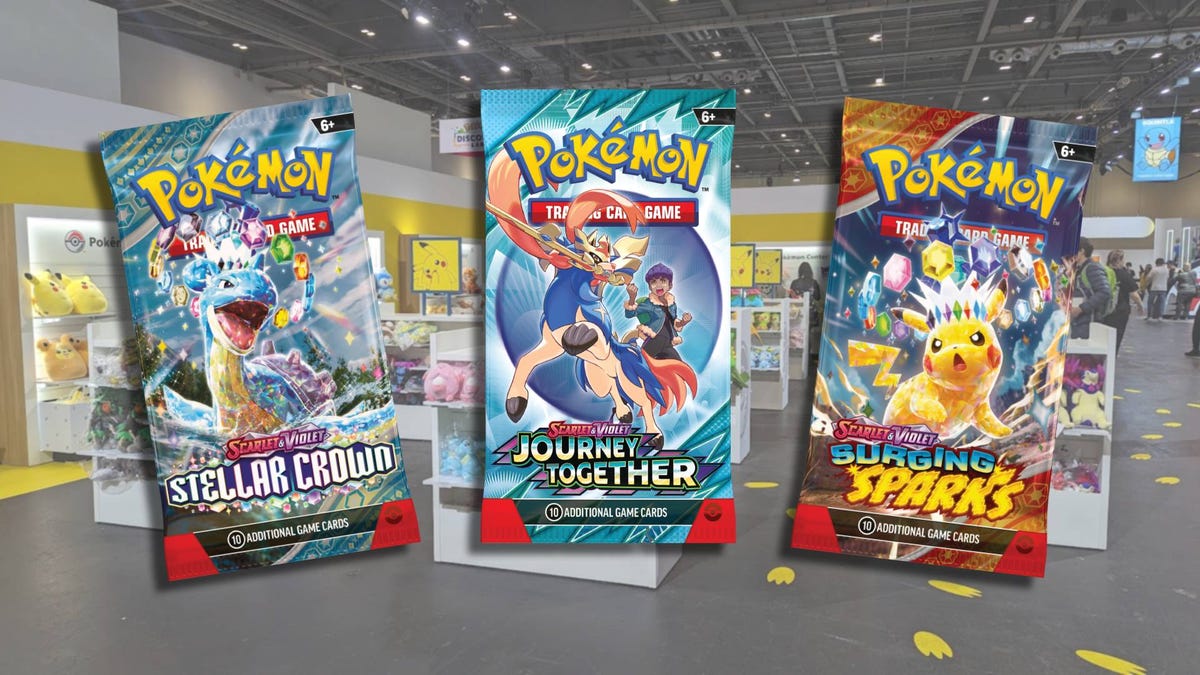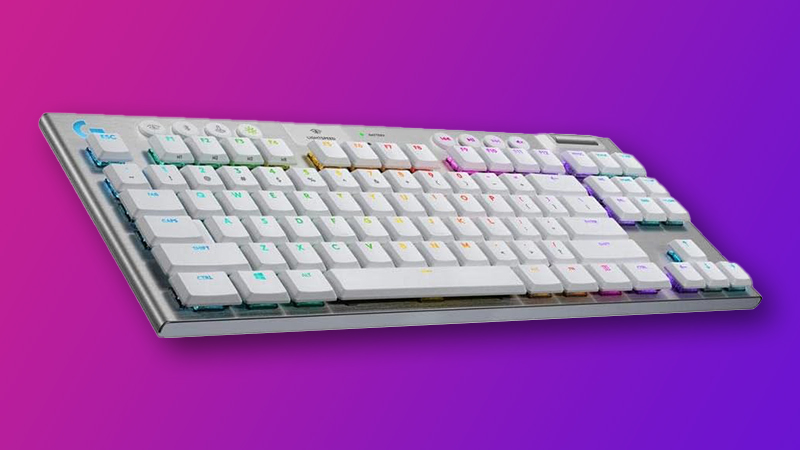Splitgate 2 review
It doesn't make FPS great again.
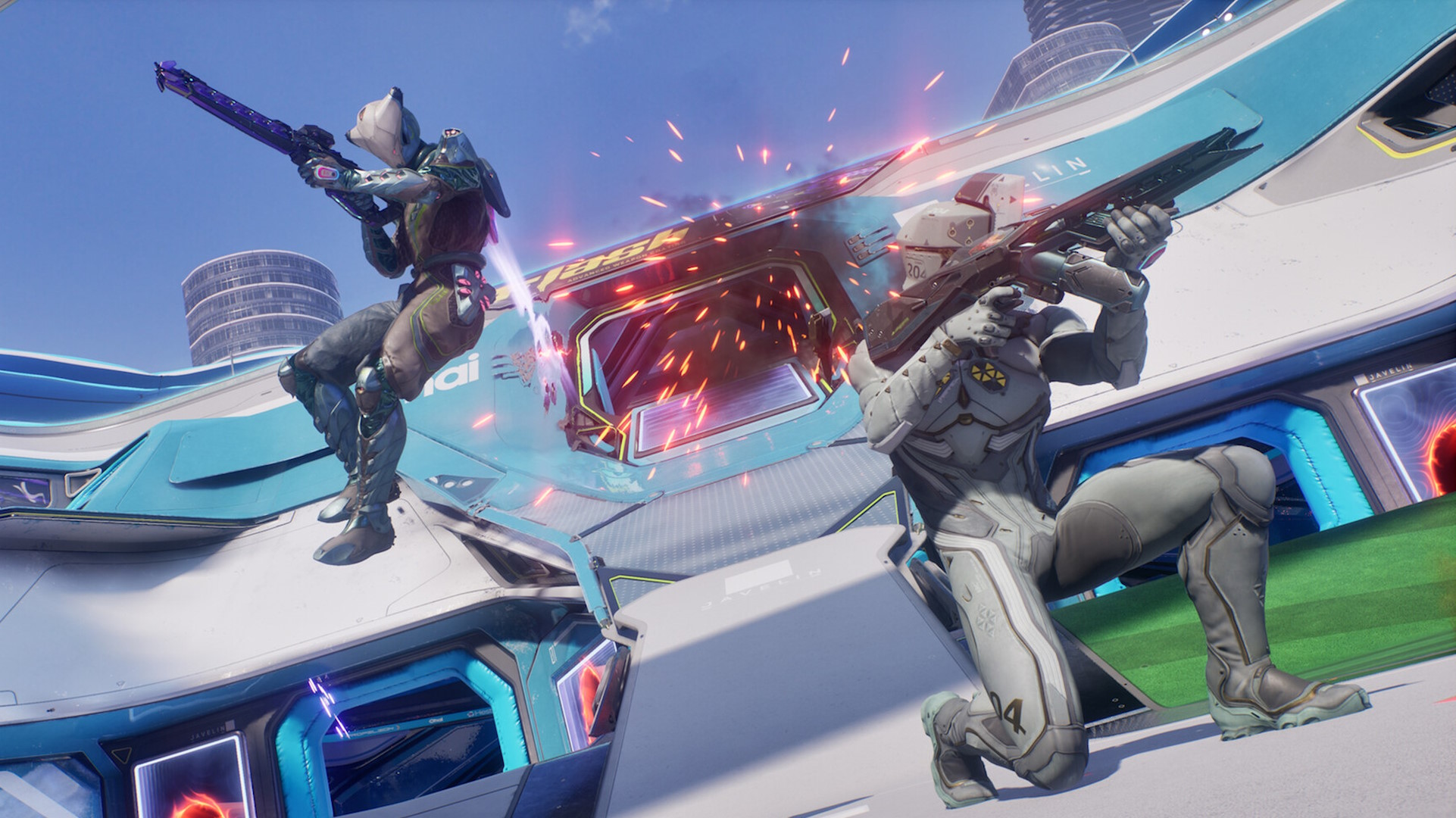
What is it? Multiplayer FPS with portals
Expect to pay: Free to play (cosmetic bundles, battle pass)
Developer: 1047 games
Publisher: 1047 games
Steam Deck: Playable
Reviewed on: Radeon RX 6600, Ryzen 7 5700G, 32GB DDR4 RAM
Link: Steam
Splitgate 2's plan to "make FPS great again," as 1047 Games co-founder Ian Proulx's really cool hat put it, is undermined by gunplay that feels nearly identical to that of Halo 5: Guardians (hardly one of the greats) and movement that shallowly imitates Apex Legends without environments to help that airtime shine.
There is something comforting in Splitgate 2's familiarity, and I was surprised by the ease with which I fell back into old, tenth-prestige habits, deftly combo-ing my Splitgater's tastefully limited arsenal of grenades, abilities, and melee attacks and racking up multi-kills. But its flagship feature falls flat, and the maps and guns lack character, making Splitgate 2 fine as a free-to-play timewaster, but not more than that.
The trouble with portals
Across all of its modes, Splitgate 2's portals come off as a massive strategic and tactical liability.
What's supposed to really set Splitgate 2 apart are its portals, which work something like they do in Valve's famous puzzle games, but there's little reason to 'think with portals' during its 4v4 deathmatches given the laser-accurate gunplay and a quick time to kill.
Even in the surprise battle royale mode, which was announced just before launch, I haven't found portals of any significant utility. When I did make use of portals, it was always jumping through someone else's so I could beat them to death.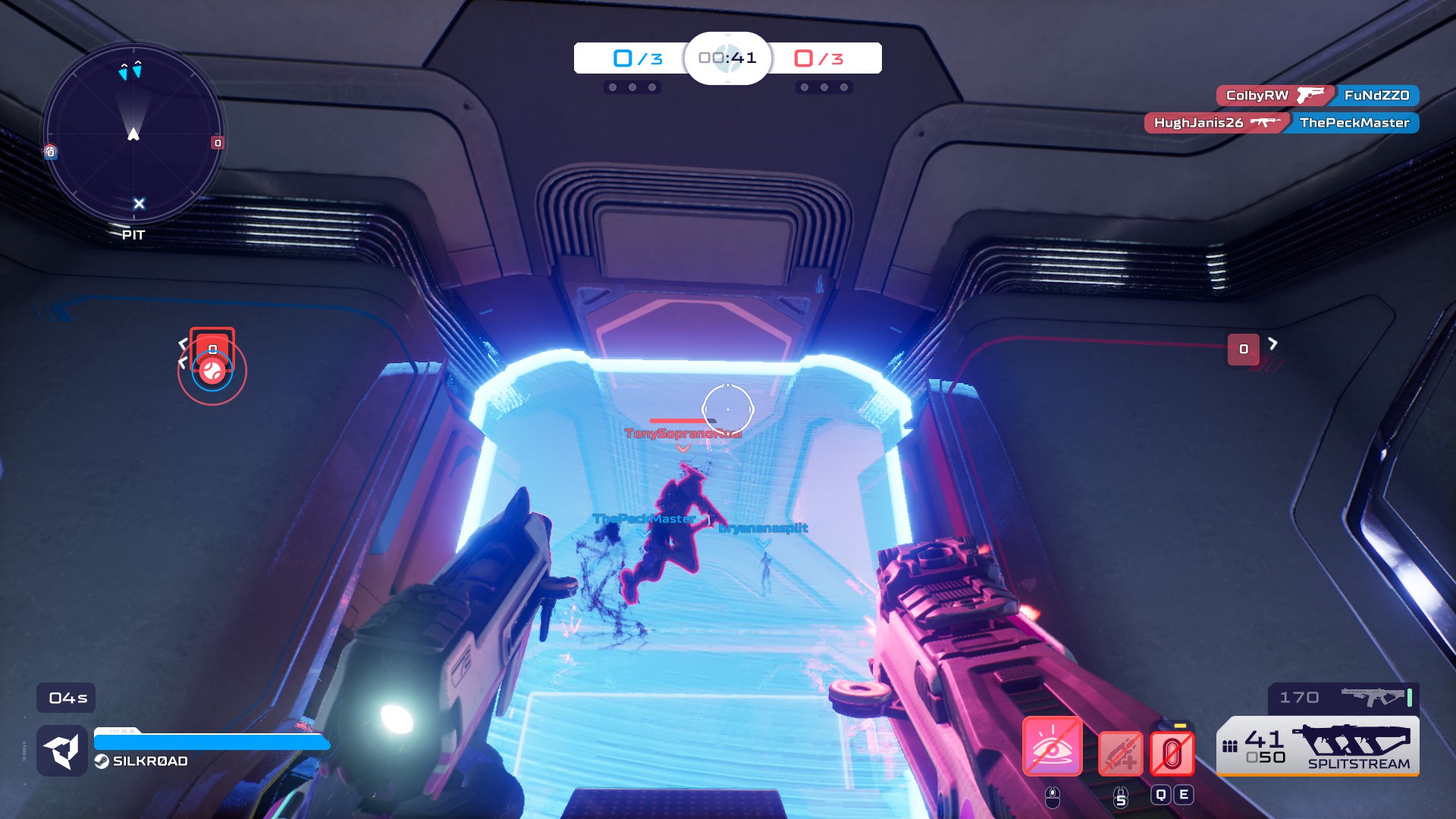
Across all of its modes, Splitgate 2's portals come off as a massive strategic and tactical liability, because it's generally better to just focus on shooting your opponent than to distract yourself with on-the-fly spatial puzzle solving. With a quick time-to-kill and negligible recoil, good aim is generally the key to scoring a kill, not setting up portals to pull off maneuvers that might not turn out to be tactically viable due to the ever changing flow of combat.
The trickshots shown off in the trailer are definitely possible, but in my experience, could and will often be thwarted mid-maneuver by an opponent who knows that once you make contact with the enemy, you should try and kill them rather than stunt on them.
There's occasional utility in using portals to 'peek' around corners, or to recover lost ground from falling from the top of a map, but with such a limited number of "portal"-able surfaces, it's a feature I rarely engaged with. All of my best performances (including one where I went on a fifteen-strong killstreak), occurred when I flat out disregarded placing portals and focused on the gunplay.
I don't doubt that there's a lot of tactical potential for portal use at the highest level of Splitgate, but I can count on one hand the number of times I could bend the system to my own benefit, and across a dozen hours I never encountered anyone who was able to outsmart my bullets.
Class clown
One area where Splitgate significantly deviates from its arena FPS heritage is its class system: there are three classes, each with special abilities in the form of wallhacks, shield walls, and speed boosts.
Each class also has its own arsenal, weapons that fit into the archetype of assault rifle, submachine gun, carbine, and shotgun. The difference between these weapons is marginal, resulting in a weapon selection that feels needlessly crowded. When factoring in the power weapon spawns, an average match of Splitgate 2 can have four types of shotguns floating around—three of which feel bad to use.
The maps aren't especially inspiring, either. I often struggled to find places to put my portals at all, with most of the taggable surfaces blending into the blobby, Wipe0ut-inspired architecture.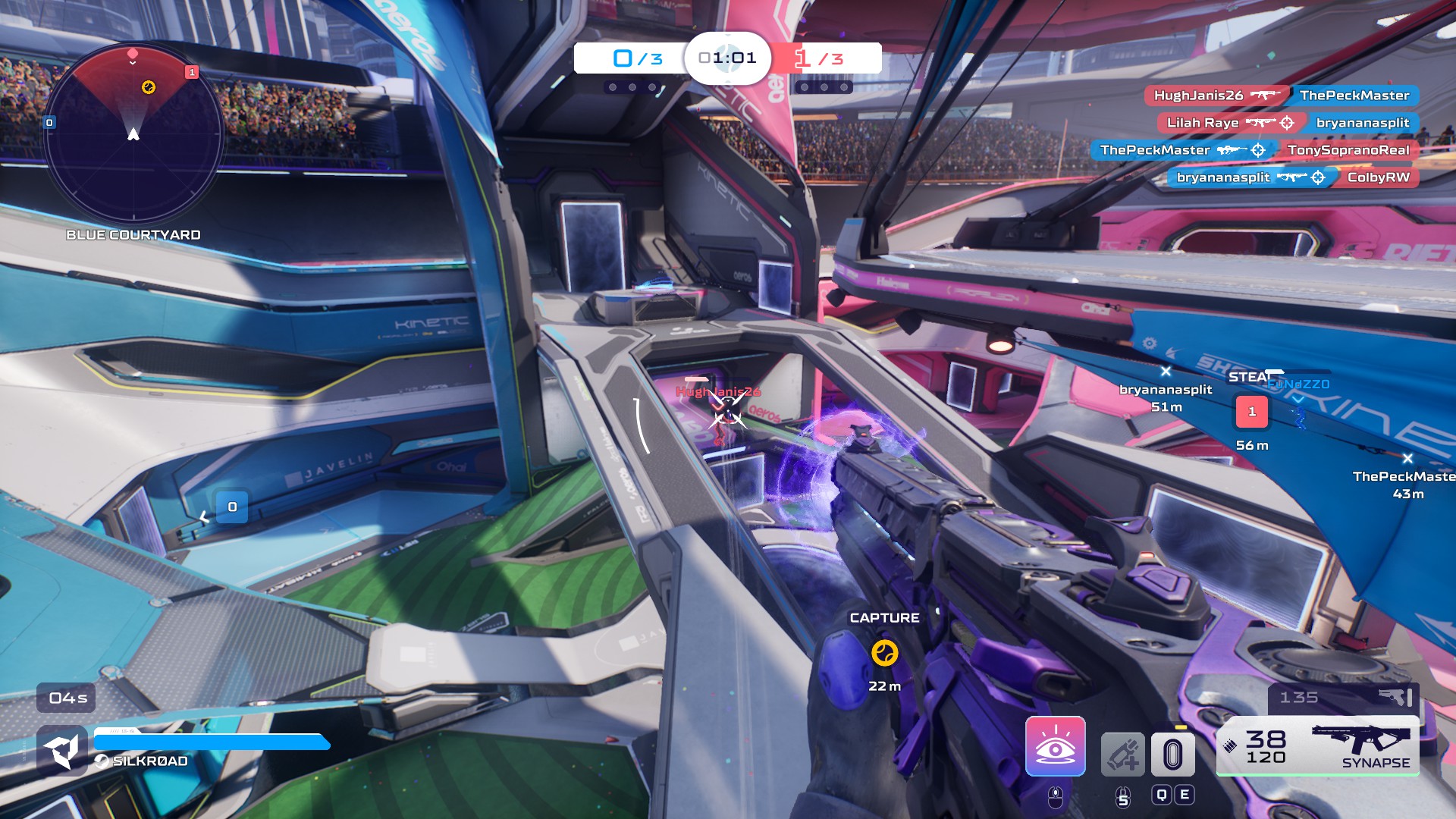
Design-wise, Splitgate 2's maps are most similar to Halo's, with sandwiching tiers of narrow basement halls complimenting wide-open plazas with jump pads to give some access to skyways. There's a clean, neat symmetry to everything, making every map feel balanced, ripe for competitive play.
Unlike Halo, however, Splitgate 2's maps are devoid of character, often resembling an ungainly retooling of the old Designers Republic aesthetic for a modern FPS, neo-Y2K color palettes of pinks and blues festooned over characterless brutalist outcroppings. Many of the larger maps feel eerily soulless as disparate elements of futuristic sports arenas are mashed up with gravel quarries.
Halo's timeless map design, on the other hand, felt inspired: From Halo 3's war-torn African brutalism to Reach's drab Eastern-European agricolonies—even the long abandoned Forerunner battlefields felt eerily lived in. In Splitgate 2, every single map is like if your home city's mega-arena was half built on the remnants of a strip mining operation.
Battle passé
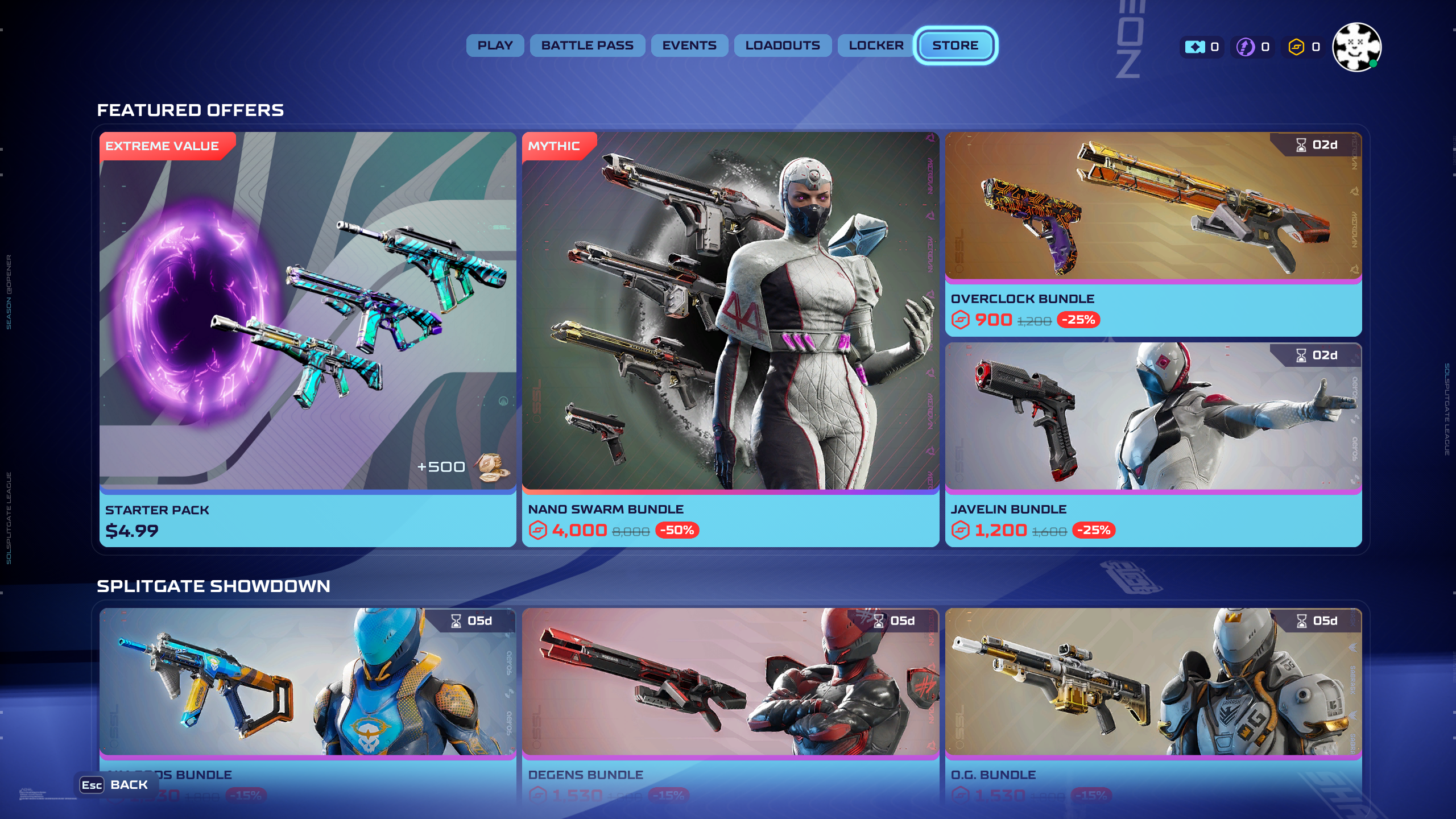
I wouldn't be so harsh on the aesthetic were Splitgate's monetization not so garish. Upon launching the free-to-play game, I was greeted with two tiers of season pass, three separate currencies, and a cosmetic store populated by bundles that cost as much as a copy of Helldivers 2. I've bought more than a few cosmetic items in my day (mostly in War Thunder), and sure, beauty is in the eye of the beholder, but $40 for what's on offer here is laughable. There's an obligatory Battle Pass as well, but with tickets tied to the completion of daily and weekly challenges, rewards are dispensed at a trickle.
If you felt the battle royale genre was long in the tooth before, you will be begging for a root canal, as Splitgate 2's take on the format is a brutal case of "We have Apex Legends at home" (there's even a brazen 1:1 clone of Titanfall/Apex's "Kraeber" anti-material rifle). Its map is an unimpressive patchwork quilt of the already bland arena maps, devoid of the character, meaning, or visual interest offered by other battle royales.
Dropping into the futuristic slurry is clunky, unintuitive, and there's little in the way of clear visual indicators for where the high-risk/high-reward areas are. All my matches began with an awkward round of "pass the baton" to see who would take the roll of jumpmaster, before someone inevitably set us down in another indistinct neon quarry populated by the same middling loot.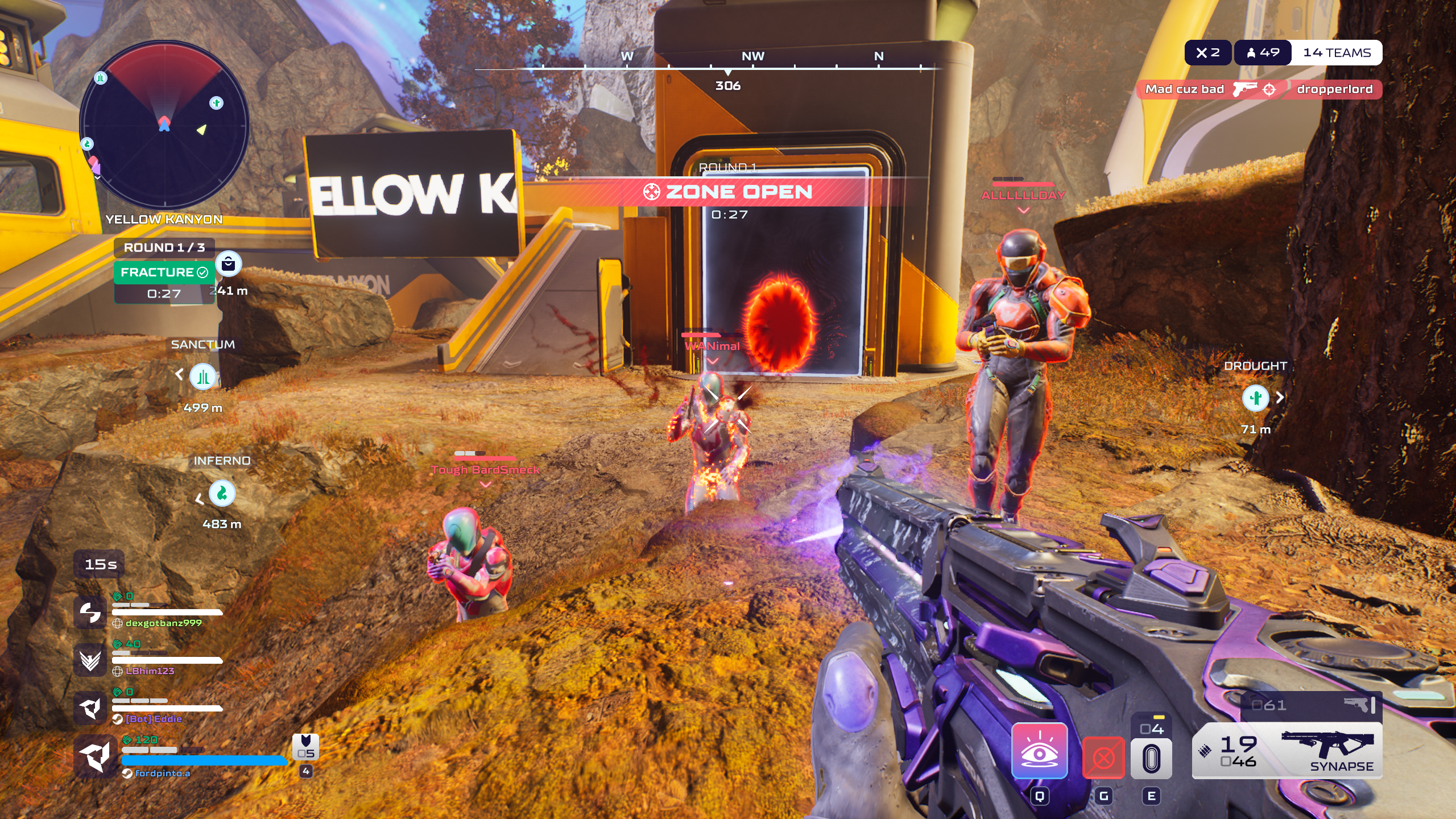
Splitgate 2 plays like Halo 5 (and sometimes Apex Legends) with portals, a mechanic that should be transformative but is rarely relevant.
Gunfights shine more in battle royale, however, due to the heightened time to kill afforded by disposable shields. With more health to chew through, you're forced to approach shootouts more tactically, engaging more with your ability set and focusing fire with your team. Looting, however, totally flatlines the inertia of a great firefight, and in the lulls between skirmishes I was begging for the next shootout, enough that I found myself not caring if we won or lost the match overall.
Between being just generally tedious, Splitgate 2's bland arsenal lacks in distinction. It's not like PUBG, where the choice between looting, say, a heavily modded AK-47 or a scoped rifle is meaningful in that it dictates how you approach the map and environment. Splitgate 2's arsenal drowns you in near-identical carbines and scope assault rifles, only occasionally providing a power weapon worth getting into a scrap over.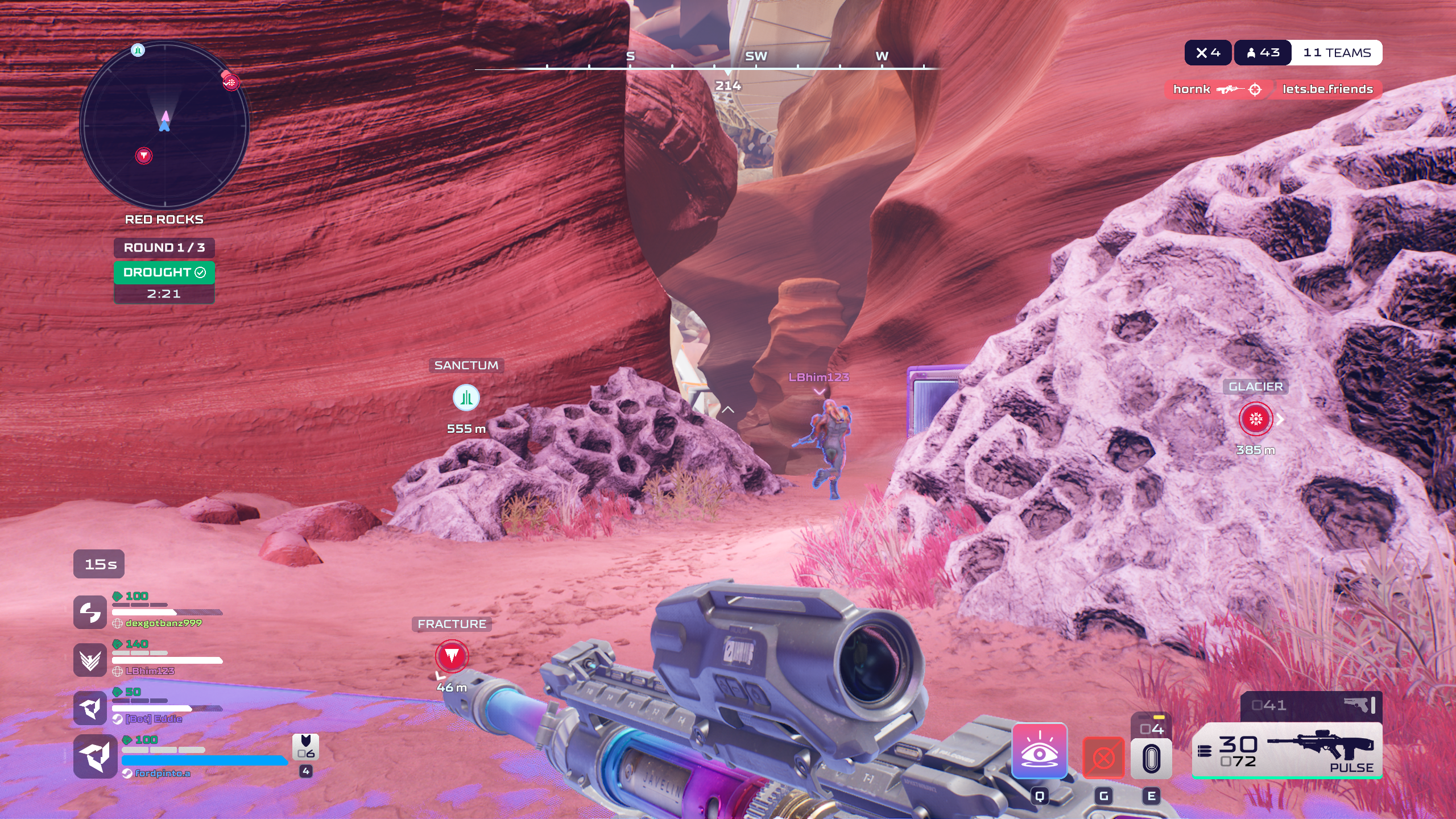
Ultimately, all I came away from with Splitgate 2's battle royale mode wishing that the higher time-to-kill would carry over to its arena mode.
In spite of a bold marketing drive to assert Splitgate 2 as a return to FPS greatness, there's very little on offer here that hasn't been done before. Splitgate 2 plays like Halo 5 (and sometimes Apex Legends) with portals, a mechanic that should be transformative but is rarely relevant.
Ultimately, I echo the sentiment of 1047 co-founder Ian Proulx's hat—if you crave a return to what Proulx posits as the golden age of FPS, your time is better spent on Titanfall 2's community run Northstar client, your favorite Battlefield 24/7 conquest server, or any other last-gen shooter that actually respects your time and your money.


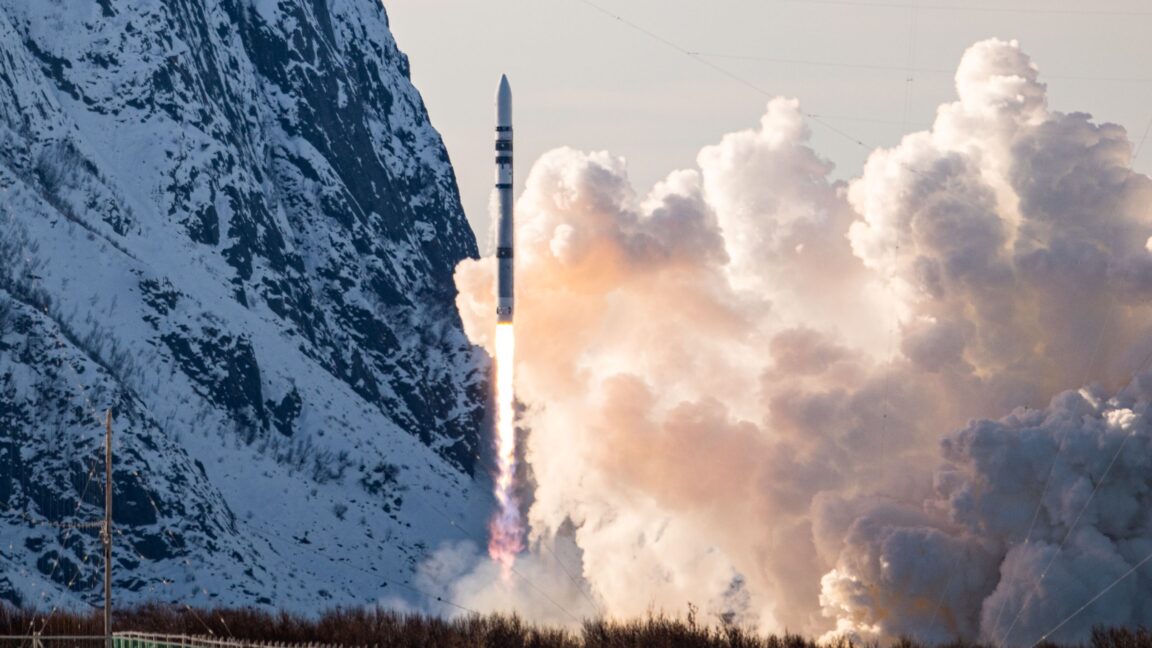

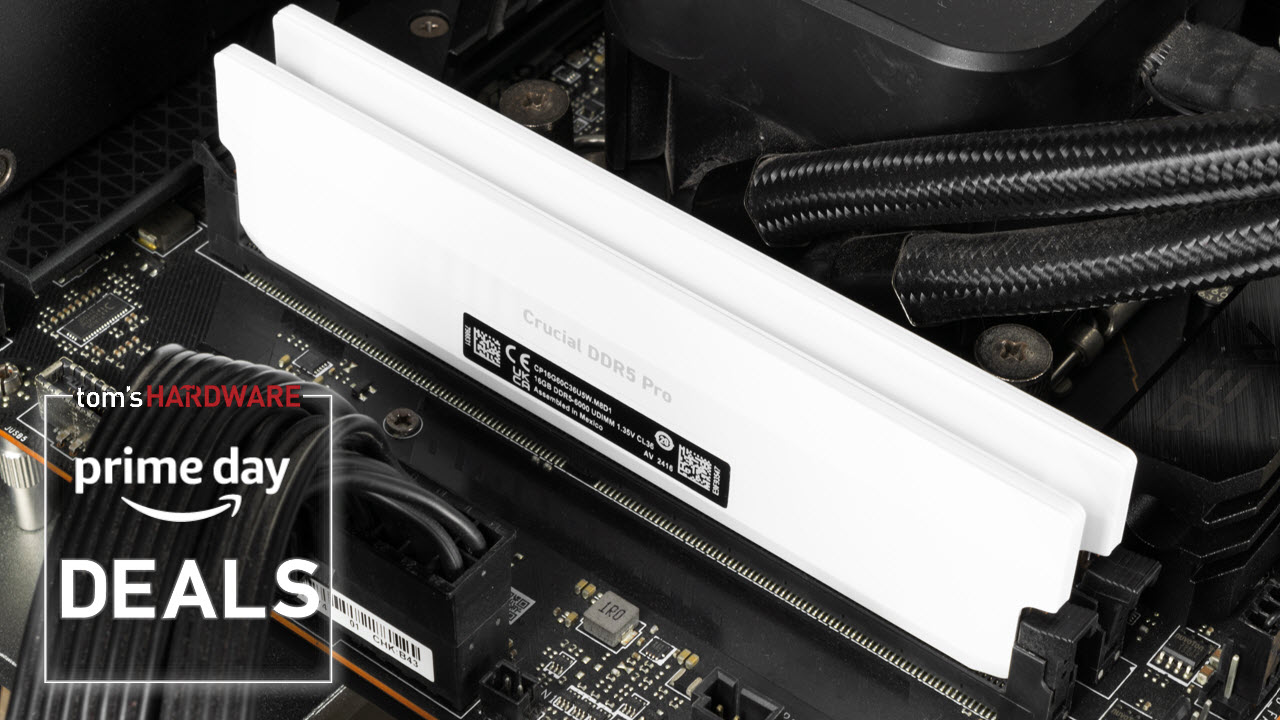



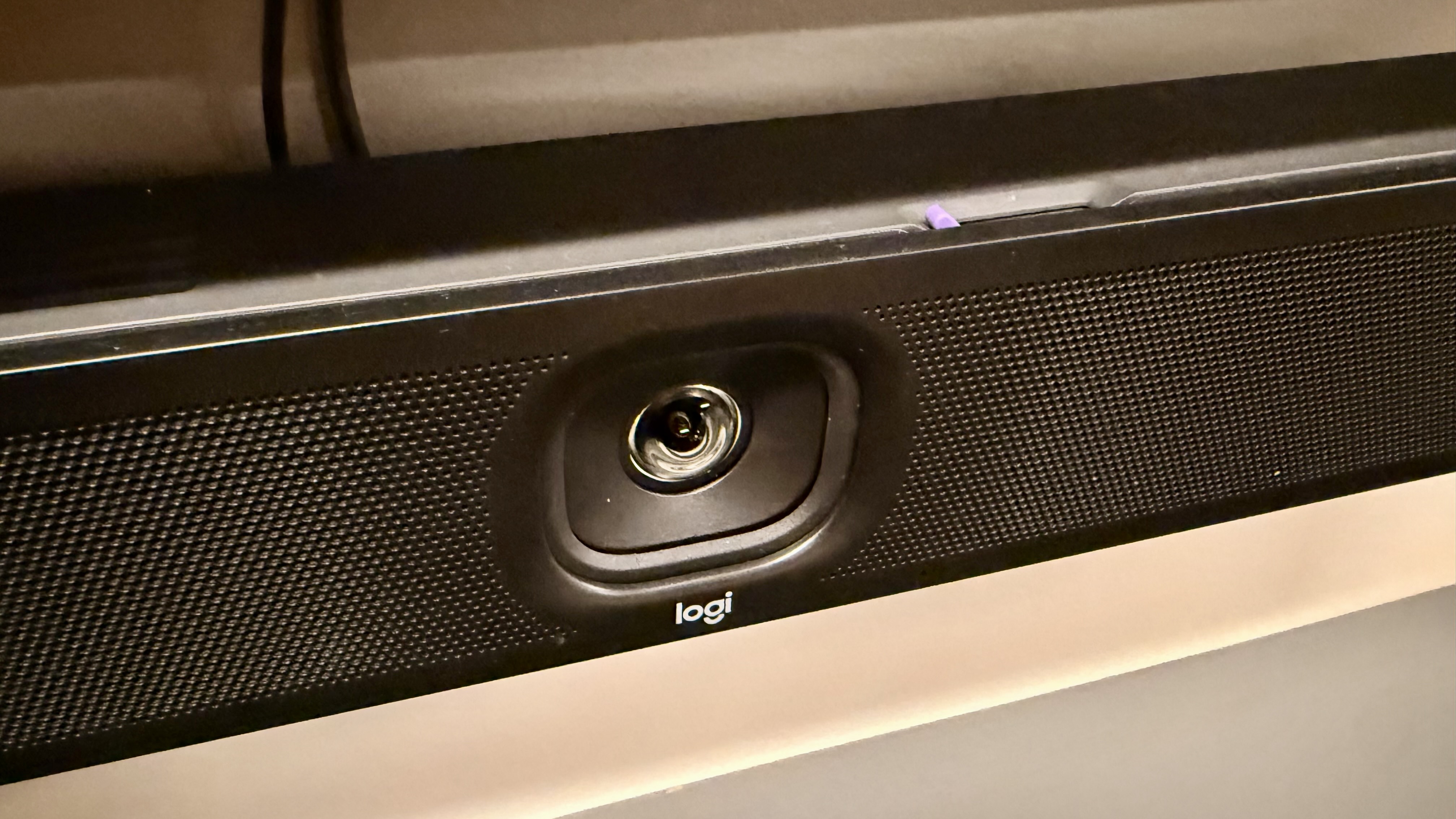





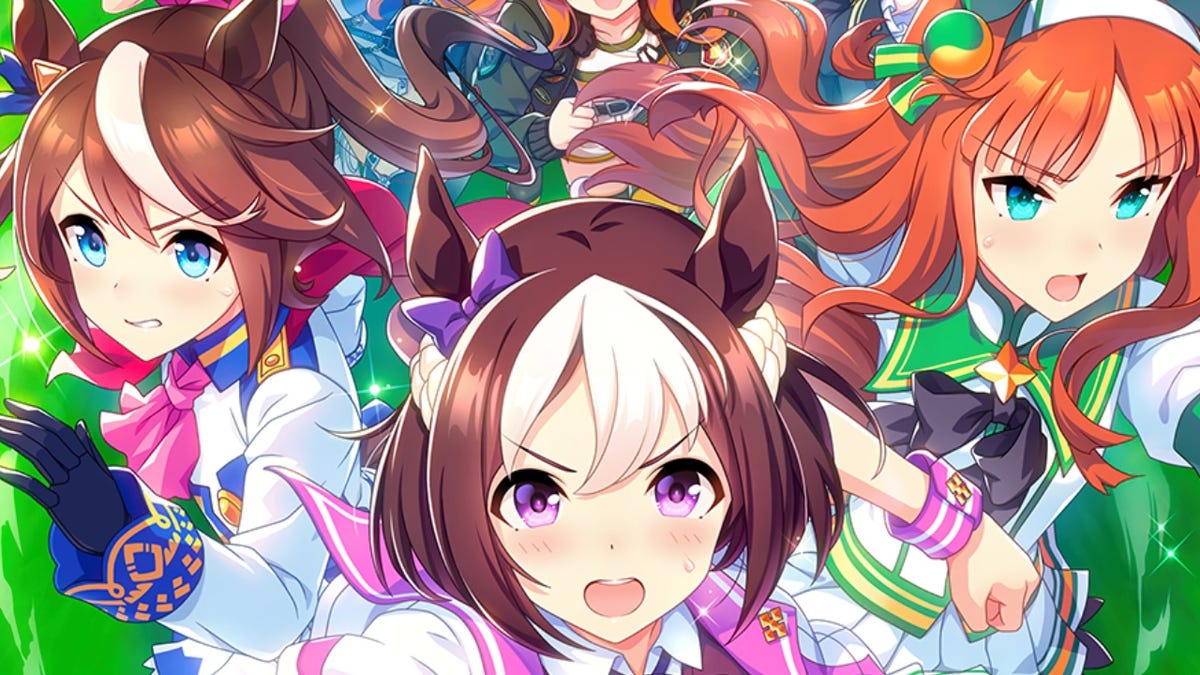









![Ultimate Jump Stars Character Tier List & Guide [RELEASE]](https://www.destructoid.com/wp-content/uploads/2025/06/official-jump-stars-character-tier-list-and-guide.png?quality=75)
